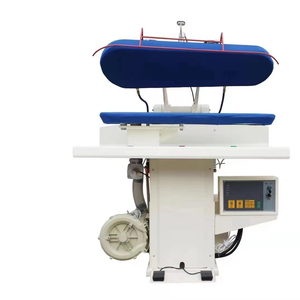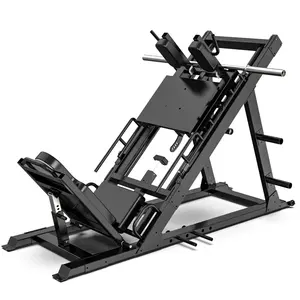
All categories
Featured selections
Trade Assurance
Buyer Central
Help Center
Get the app
Become a supplier

(Có 18340 sản phẩm)









Alibaba.com giới thiệu hấp dẫn và thực tế. máy ép kép để tân trang đồ trang trí nội thất của bạn với các giao dịch hấp dẫn. Những bền và hợp thời trang. máy ép kép trên trang web có thể truy cập được bằng nhiều loại khác nhau và có thể được sử dụng tại nhà, nhà hàng và khách sạn như một phần của trang trí nội thất của họ. Những cái này. máy ép kép có tính bền vững cao và bạn có thể chọn thiết kế sáng tạo OEM cho phiên bản tùy chỉnh.
Phổ rộng của. máy ép kép có sẵn trên trang web được làm từ vật liệu chắc chắn và bền, tồn tại lâu dưới nước mà vẫn có thể trông đẹp mê hồn. Những cái này. máy ép kép thân thiện với môi trường và do đó, không cản trở môi trường cả bên trong và bên ngoài bể cá. Bạn có thể chọn từ một bộ sưu tập lớn. máy ép kép chẳng hạn như lưới có thể thu vào, máy bơm nước, máy lọc nước, đầu nối bể cá, tủ đế bể, v.v.
Hãy tìm các phạm vi riêng biệt của. máy ép kép tại Alibaba.com thay đổi tùy theo chiều dài, độ dày, màu sắc, kiểu dáng, hình dạng và kích thước có nghĩa là phù hợp với yêu cầu riêng của khách hàng. Những cái này. máy ép kép bao gồm các sản phẩm như cây nhân tạo, cá, sứa, đá, dương xỉ, thợ lặn đồ chơi, v.v. Chất lượng vật liệu của những. máy ép kép có nhiều loại từ nhựa dẻo đến nhựa dẻo có đế gốm và vật liệu acrylic. Đèn LED mạnh mẽ được gắn để phát sáng các bể và ao này vào ban đêm.
Nâng cao vẻ ngoài nội thất của bạn từ đa dạng. máy ép kép phạm vi tại Alibaba.com và mua các sản phẩm chất lượng với giá cả phải chăng. Các sản phẩm này được chứng nhận ISO, SGS, CE và khách hàng cũng có thể đặt hàng OEM. Đóng gói tùy chỉnh và giao hàng nhanh chóng được đảm bảo sau khi mua.